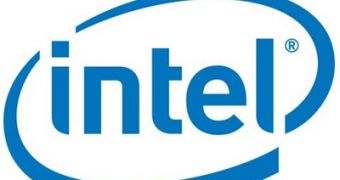There has been much talk of the upcoming Ivy Bridge series of Intel CPUs and how they will be so much better than Sandy Bridge, but the chipset did not get much attention, something that seem to have changed.
As consumers know, Intel releases a new line of central processing units and adjoining chipsets on a fairly regular basis.
As per Moore's Law, each series has a higher amount of transistors and is commonly based on a more advanced chip making process than the last.
That said, reports regarding the Intel Ivy Bridge chips, the expected successors to Sandy Bridge, have, so far, said that they will be about 20% faster, among other things.
Now, some information has surfaced on the Panther point chipset, which will start being mass produced in the fourth quarter of the ongoing year (2011).
It will be based on the 22nm manufacturing process and will hopefully not have any design flaws to cause SATA ports or other things to become defective, like the Cougar Point had the misfortune.
The pin count stays at the same 1155 and the SATA 6.0 Gbps interface is supported, as is the PCI Express 2.0 at 5 GT/s.
One thing about it is that the SuperSpeed USB 3.0 technology is natively supported, this being enough to set it apart from the previous generations.
So far, this functionality has been dependent on third-party controller chips, despite the popularity of 5 Gbps speeds.
Another thing that Intel seems to has picked up is the inclination towards multi-display scenarios. Apparently, the upcoming chipset will handle three independent screens, even those connected via HDMI 1.4 and DisplayPort 1.1.
The platform, along with the Ivy Bridge CPUs themselves, should become widely available in early 2012, during CES most likely. New desktops and notebooks will, no doubt, be unveiled around the same time.

 14 DAY TRIAL //
14 DAY TRIAL //